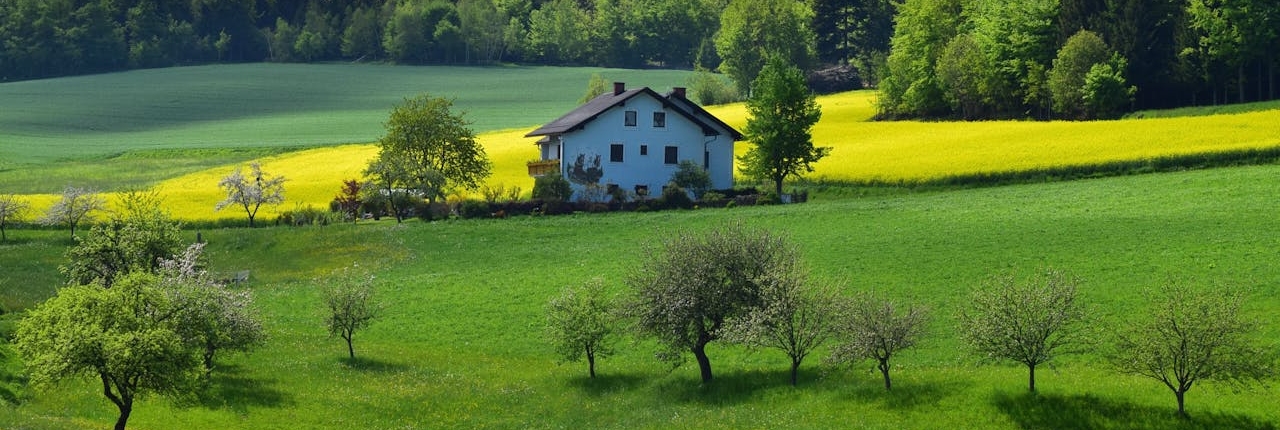Service tenancies on the farm
Arrangements where an employer provides housing accommodation to their employees, such as where a farm worker who lives on the farm, are known as ‘service tenancies.’
A service tenancy is governed by the Residential Tenancies Act 1986; it must be recorded with a written agreement. Regardless of whether your tenant pays rent for the property, it is still considered a service tenancy. A tenancy agreement may be incorporated into an employment agreement, however it is beneficial if they are two separate documents.
The Act sets out the rights and responsibilities for service tenancies – for both landlords and tenants. As a landlord you must provide the property in a reasonable state of cleanliness, comply with healthy homes standards, smoke alarm requirements, and any health and safety obligations. Your tenants must pay the rent when due, keep the property reasonably clean and have the right of quiet enjoyment.
A notable difference between service tenancy agreements and other tenancy arrangements is the notice period required to end the service tenancy. If you are terminating a worker’s employment, or your employee has decided to leave, both parties must give each other at least 14 days’ notice of the intention to end the tenancy.
In situations where the employment has ended you may give your tenant less than 14 days’ notice if you believe substantial damage will be done to the property if they continue living in the property, or you need the accommodation for a new employee starting in less than 14 days and no other accommodation is available.
Checking terms of engagement regarding liability
In farming there are often multiple parties involved in the overall enterprise. In the seed industry, for example, there is often the supplier, grower and cleaner.
The terms of engagement is a legally binding agreement that sets out the rights and obligations of each party in the overall structure. It is important to understand the terms you have agreed to particularly regarding liability so that you know if/when you could be liable for the seed and any damage caused to it.
The terms of engagement can differ depending on the structure of the arrangement. Whether your land is leased by a business to grow seed or whether you buy and grow the seed yourself can alter the rights and obligations. Different parties are liable for the seed from the time it is planted, through to harvesting and cleaning. For example, if the seed is damaged during the cleaning process it is important to know whether you are still liable or whether the seed cleaning company, if outsourced, has assumed liability for the damage.
Understanding your liability under the terms of engagement and ensuring that you have the appropriate cover in place is important. Who is liable, and what rights and obligations are owed differ depending on what process is followed.
Farm lease coming to an end – what’s required?
Under a farm lease the lessee commonly pays the farm owner (lessor) to run an independent farming operation on the leased land. Such a lease often gives the lessee access to the land, building and other infrastructure on the property or portion of the property.
Although this arrangement is mutually beneficial to both parties, it is not a shared responsibility. Your lessee is responsible for maintaining the land in accordance with the terms and conditions of the lease.
The duration of the farm lease should be included in the lease document. There are also prescribed obligations to comply with when the lease expires. Your lessee often has to ensure that, at the end of the lease, the land is returned in an acceptable state as agreed to in the lease terms, and is also required to remove alterations or additional fixtures they may have installed, and to destock the land.
If your lessee does not comply with these lease terms, they may have to pay the costs and expenses associated with removing fixtures.
If you would like some guidance on any of these topics in Over the fence, please contact us. We are here to help.

